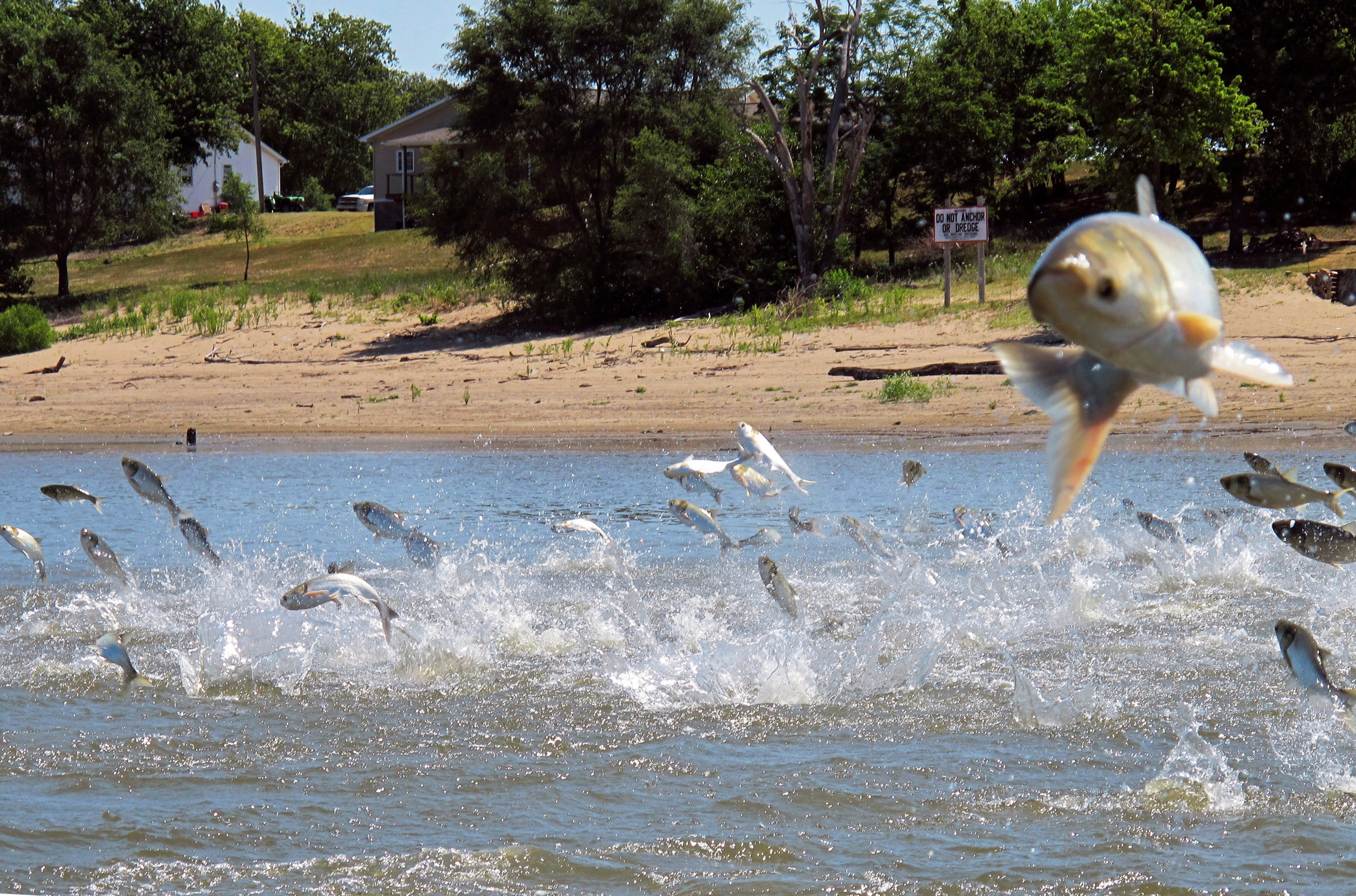Crayfish and Carp ‘among invasive species pushing lakes to ecosystem collapse’
Climate change and human activity causing species damaging ecosystems to spread rapidly across the world

Your support helps us to tell the story
From reproductive rights to climate change to Big Tech, The Independent is on the ground when the story is developing. Whether it's investigating the financials of Elon Musk's pro-Trump PAC or producing our latest documentary, 'The A Word', which shines a light on the American women fighting for reproductive rights, we know how important it is to parse out the facts from the messaging.
At such a critical moment in US history, we need reporters on the ground. Your donation allows us to keep sending journalists to speak to both sides of the story.
The Independent is trusted by Americans across the entire political spectrum. And unlike many other quality news outlets, we choose not to lock Americans out of our reporting and analysis with paywalls. We believe quality journalism should be available to everyone, paid for by those who can afford it.
Your support makes all the difference.Crayfish and carp are among the invasive species pushing lakes towards ecosystem collapse, researchers have found.
Researchers say certain invasive, non-native species can rapidly disrupt the environment of lakes - contaminating water for drinking, aquaculture and recreation.
Climate change and human activity are causing these animals to spread rapidly across the world.
Researchers suggest that certain invasive species can push lake ecosystems beyond a critical tipping point, causing a sudden shift from healthy to degraded conditions that is difficult to reverse.
The study found that invasive fish such as Asian silver carp, Hypophthalmichthys molitrix, and crustaceans such as American signal crayfish, Pacifastacus leniusculus, significantly reduced the abundance of other important organisms in lakes and degrade water quality.
The paper also provides guidance on how to manage bodies of water.
Shallow lakes naturally exist in one of two alternative stable states.
They are either healthy - with clear water with an abundance of vegetation, or degraded - with cloudy water dominated by algae.
When a lake is in the latter state, algae use up all the nutrients in the water and block sunlight, preventing the growth of aquatic vegetation that would aid ecosystem recovery.
Such conditions also threaten the health and water security of human populations, scientists say.
Blooms of cyanobacteria, known as “blue-green algae” can produce toxins that contaminate food webs and poison water supplies.
Dr Sam Reynolds of the University of Cambridge’s Department of Zoology, is first author of the report.
He said: “Algal blooms represent one of the most significant threats to the security of the Earth’s surface freshwaters.
“Simply undoing the circumstances that triggered a tipping point will not restore the ecosystem - the road to recovery is slow and steep.”
However, while invasive species are recognised as a significant threat to global biodiversity, researchers say their impacts on ecosystem services may not be all negative.
Invasive molluscs, including the zebra mussel Dreissena polymorpha, were found to engineer the opposite biological and environmental response.
They delay ecosystem collapse and could potentially aid the recovery of degraded lake ecosystems.
Professor David Aldridge, senior author of the report, said: “Managers of drinking water reservoirs, for example, may be able to avoid the cost of dealing with blooms of harmful algae, by removing invasive crayfish but allowing established non-native zebra mussels to remain and act as biological filters.”
He added: “Early detection and rapid response plans should always be our first line of attack.
“But in situations where invaders have already established and can no longer be eradicated, it may be appropriate to embrace their positive effects.”
Researchers systematically compiled data from 418 observations across 101 studies.
They focused on shallow lake ecosystems, but say that their framework could be applied to other critical ecosystems that experience catastrophic tipping points - such as coral reefs, kelp forests and desert shrublands.
Funded by the Biotechnology and Biological Sciences Research Council (BBSRC), the research is published in the journal Global Change Biology.
Press Association
Join our commenting forum
Join thought-provoking conversations, follow other Independent readers and see their replies
Comments